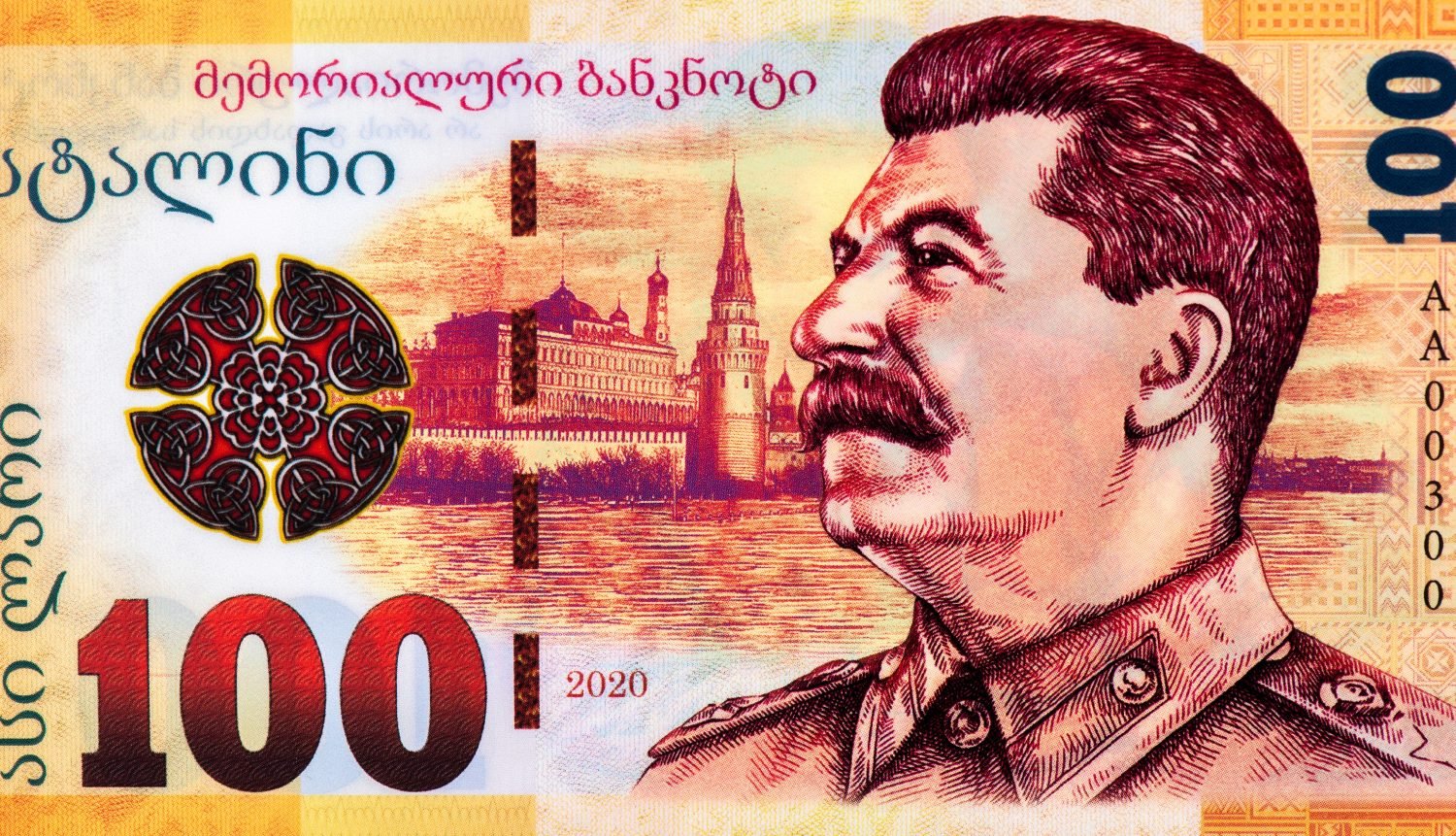Joseph Stalin is a notorious figure, especially when looking at post-war politics. If you were on the wrong side of the Iron Curtain during the Cold War, you ran the risk of being purged. We’ll take a look at the how and the why of how Stalin did some pre-Photoshop magic to make his political enemies disappear into thin air.
Censorship in the Soviet Union
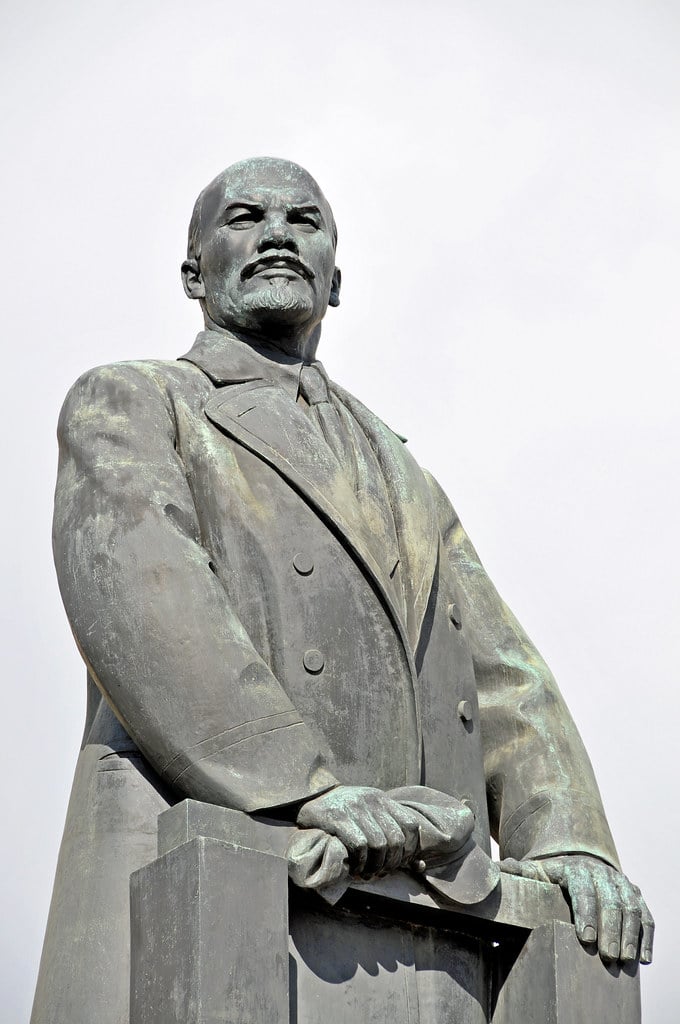
It wasn’t just Stalin who instituted a policy of censorship and image manipulation. Shortly after the Russian Civil War concluded and Lenin took power, he was quick to alter images. It took a special meaning under Lenin’s successor, however.
Lenin’s Tenure
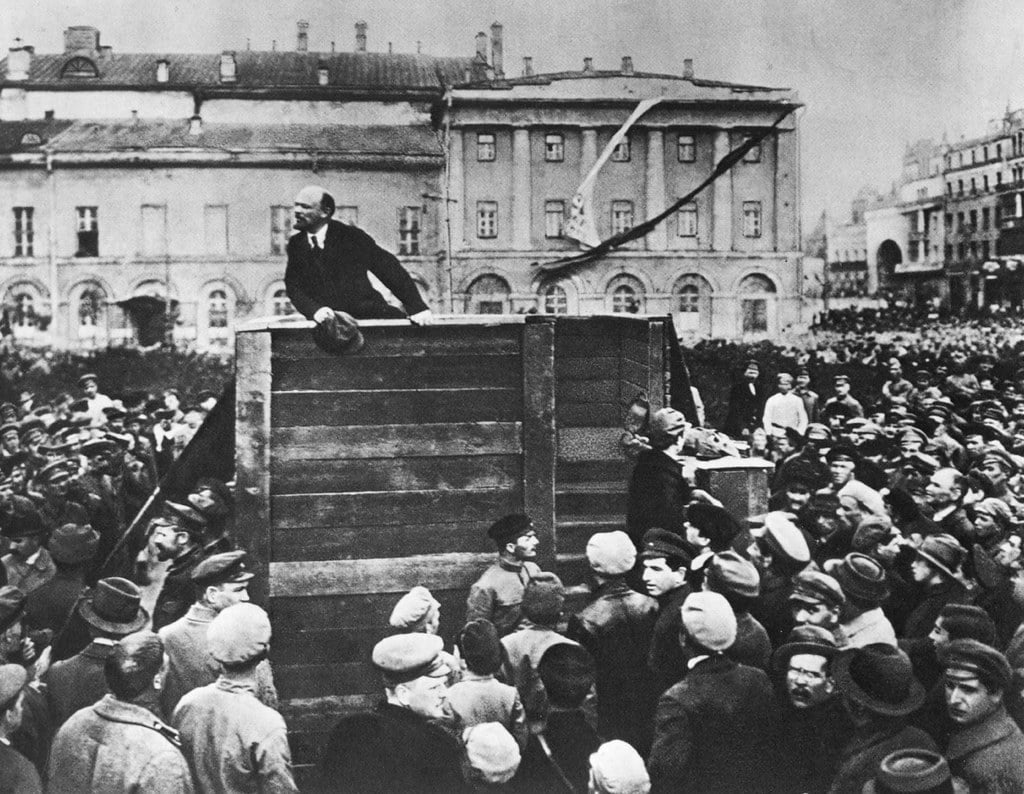
Image manipulation under Vladimir Lenin was rife, with notable images being altered. The most famous of these is a photograph of a speech Lenin was giving in Red Square. Pictured in the foreground are Leon Trotsky and Lev Kamenev. However, subsequent releases of this photograph have Trotsky and Kamenev removed.
Stalin’s Rise to Power
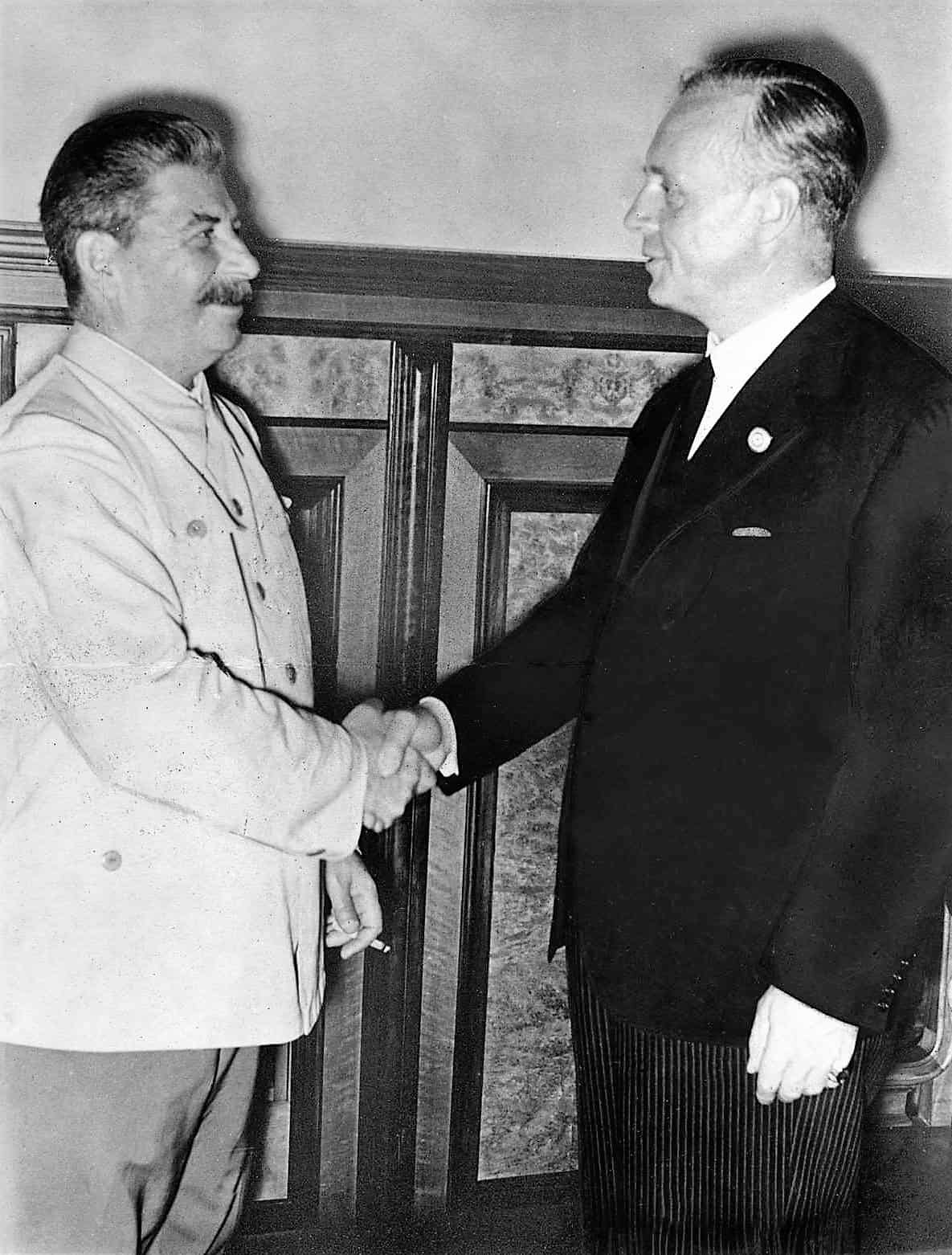
When Stalin finally took the reins of the Soviet Union, he was quick to continue Lenin’s legacy. Photo manipulation saw the existence of Leon Trotsky removed from all official Soviet photographs. The man who had been so instrumental to Lenin’s rise to power was essentially made a ghost.
The Great Purge
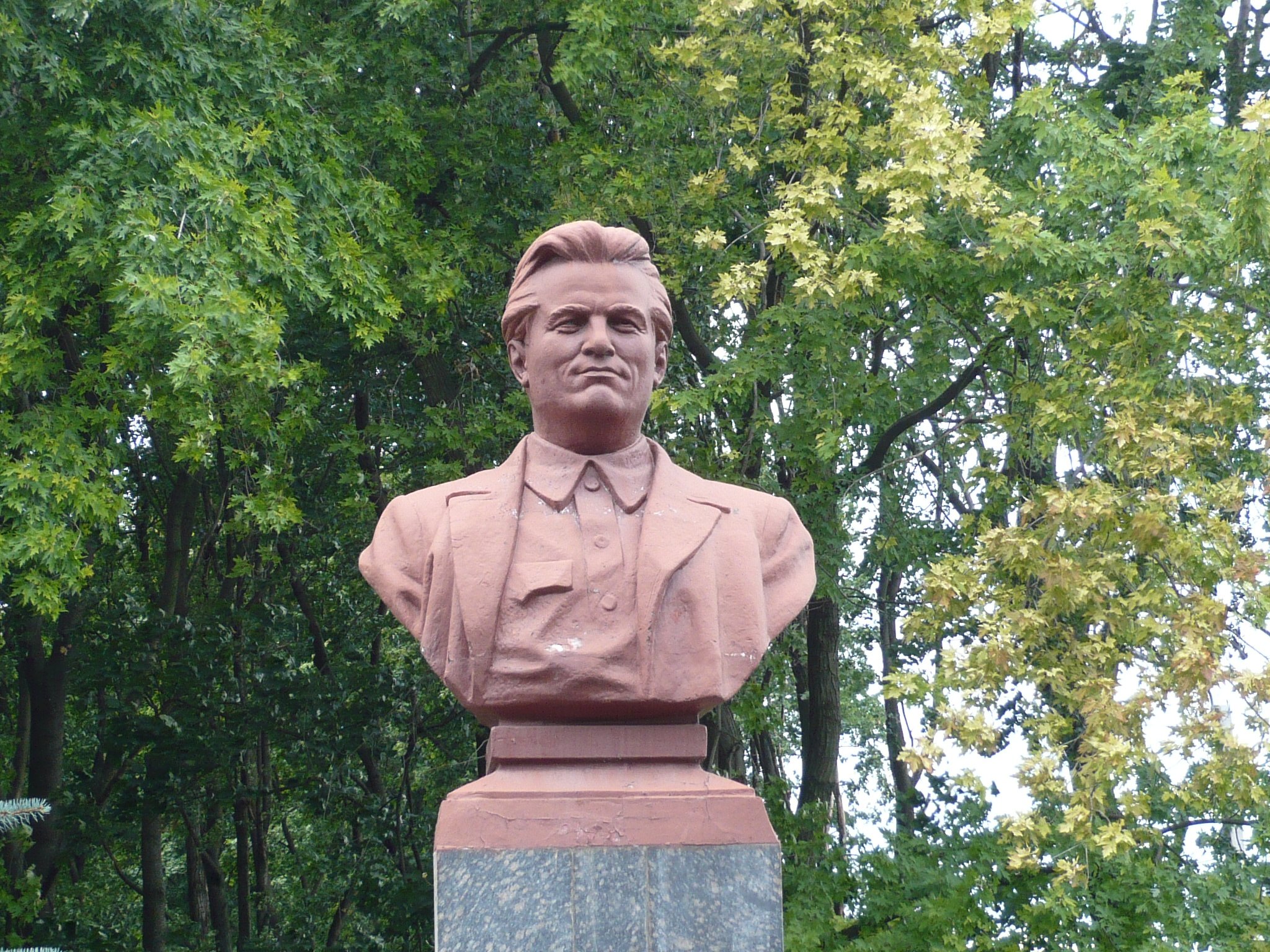
Also known as the Great Terror, the Great Purge started in July of 1936 and marked a terrifying 2 years for the average citizen. People were arrested, given kangaroo court trials, and executed with little fanfare. As if the photo manipulation wasn’t enough, records of those executed would vanish into thin air.
Who Was Targeted?
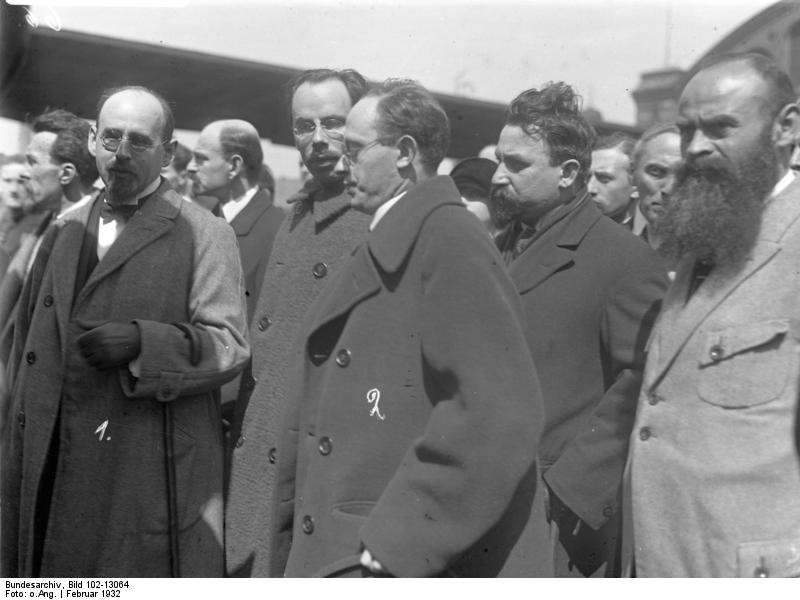
What made the Great Purge such a terrifying time in the Soviet Union was the sheer scope of the persecution. Minorities, intellectuals, military commanders, and prominent Communist party members were targeted systematically by Stalin’s NKVD. Historians put the death toll at around 700,000 to 1.2 million dead.
The Moscow Trials
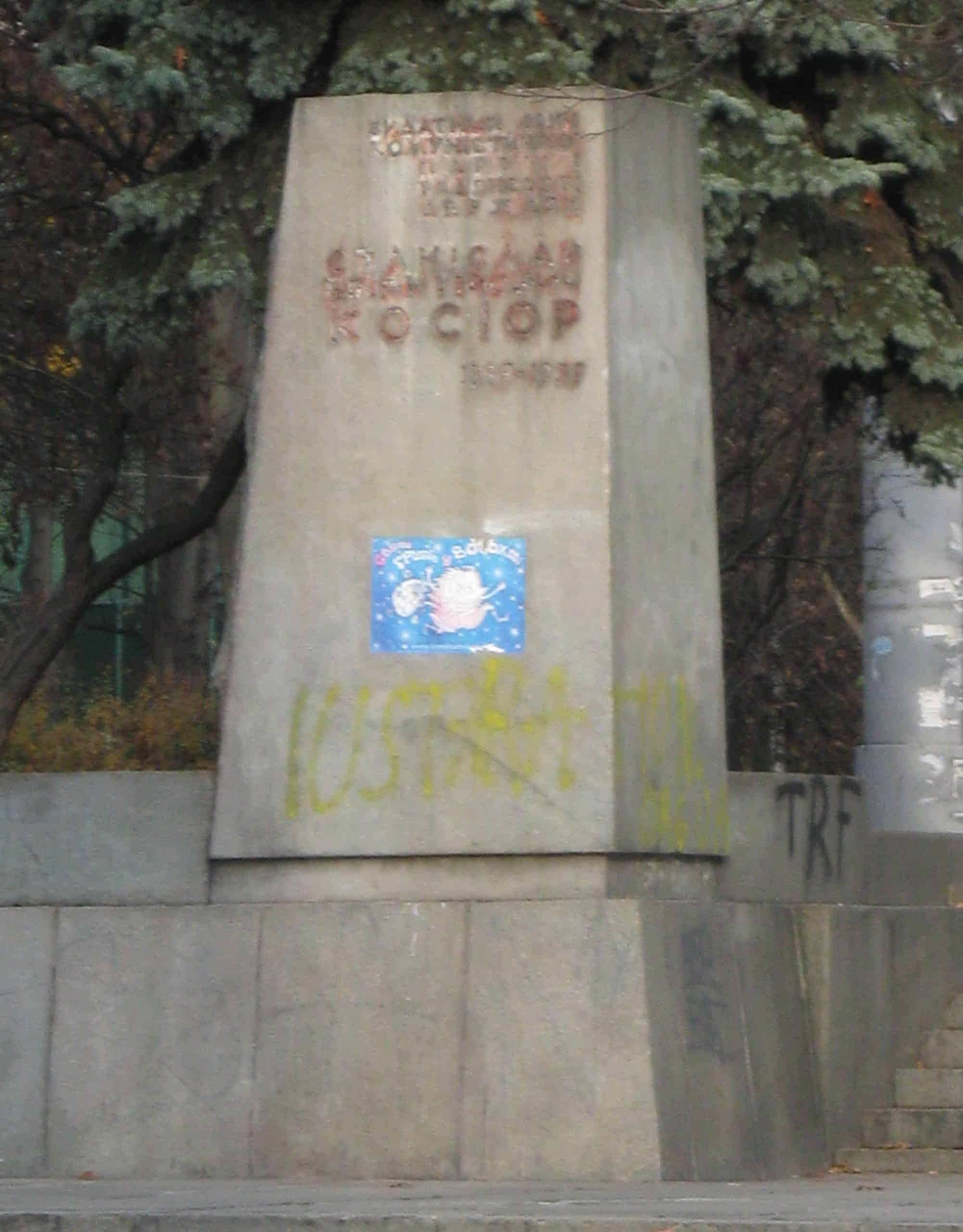
What brought the Great Purge to the attention of the rest of the world was the series of Moscow Trials. Three were held in total, with high-ranking Communist party members and military commanders being targeted. False charges of conspiring with capitalist and fascist powers were levied on people who loyally served the party under Stalin.
Stalin’s Paranoia
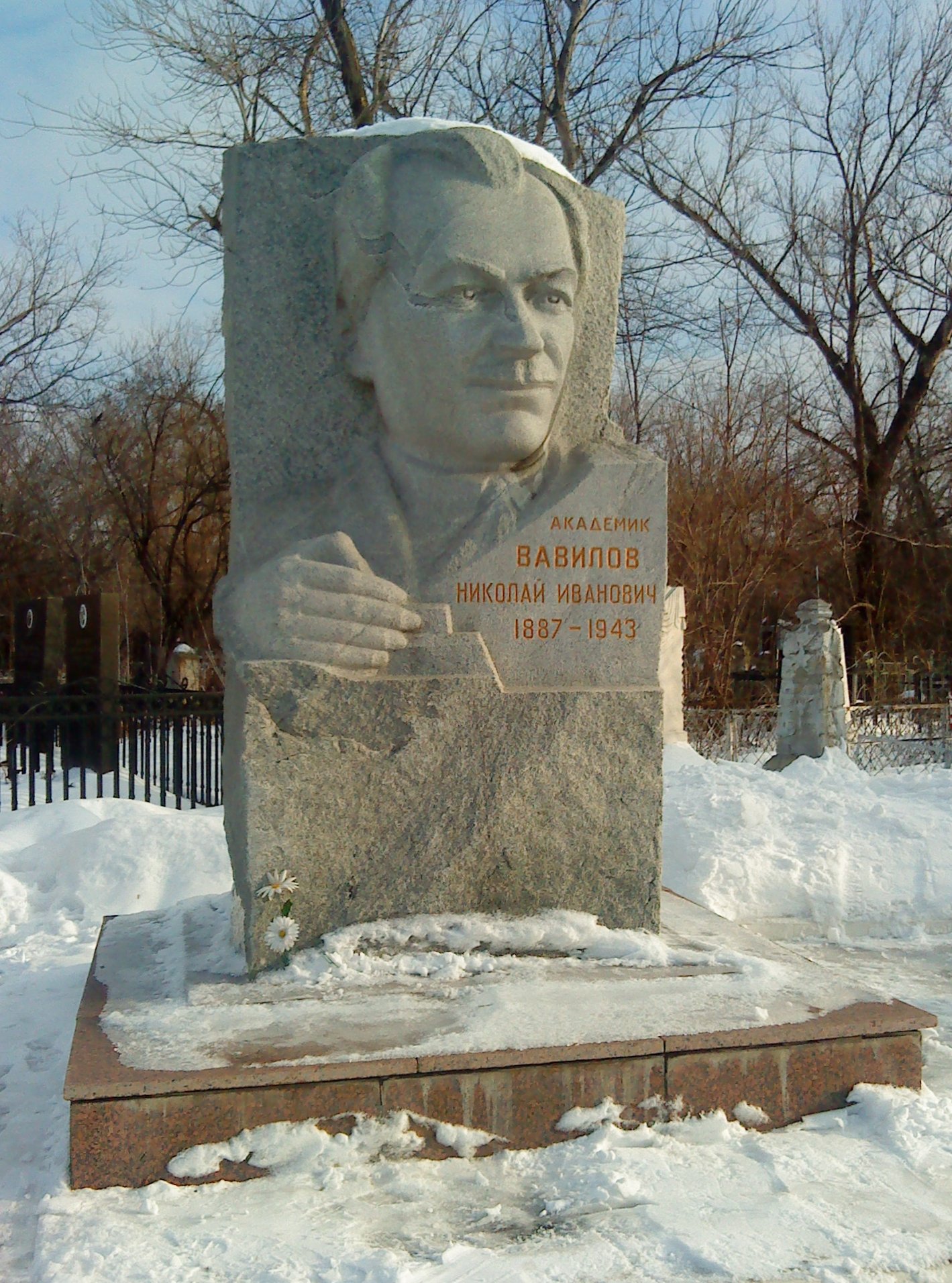
After assuming complete control of the Soviet Union, Stalin’s paranoia would be a driving force behind the purges. Any perceived slight, any political rivals, you name it and they were targeted. Further, image manipulation of high-ranking members of the party was a common exercise, especially in the later stages of the purge.
Image Manipulation

While photo manipulation has a rather storied history, the reality isn’t an early form of Photoshop. Soviet photo retouchers would go over the negatives of the film and cut people out with razors. Then other photos of the same location would be utilized to splice into the existing negative. The effect was seamless and the photo retouchers had no shortage of work from 1936 to 1938.
The Impact of the Great Purge
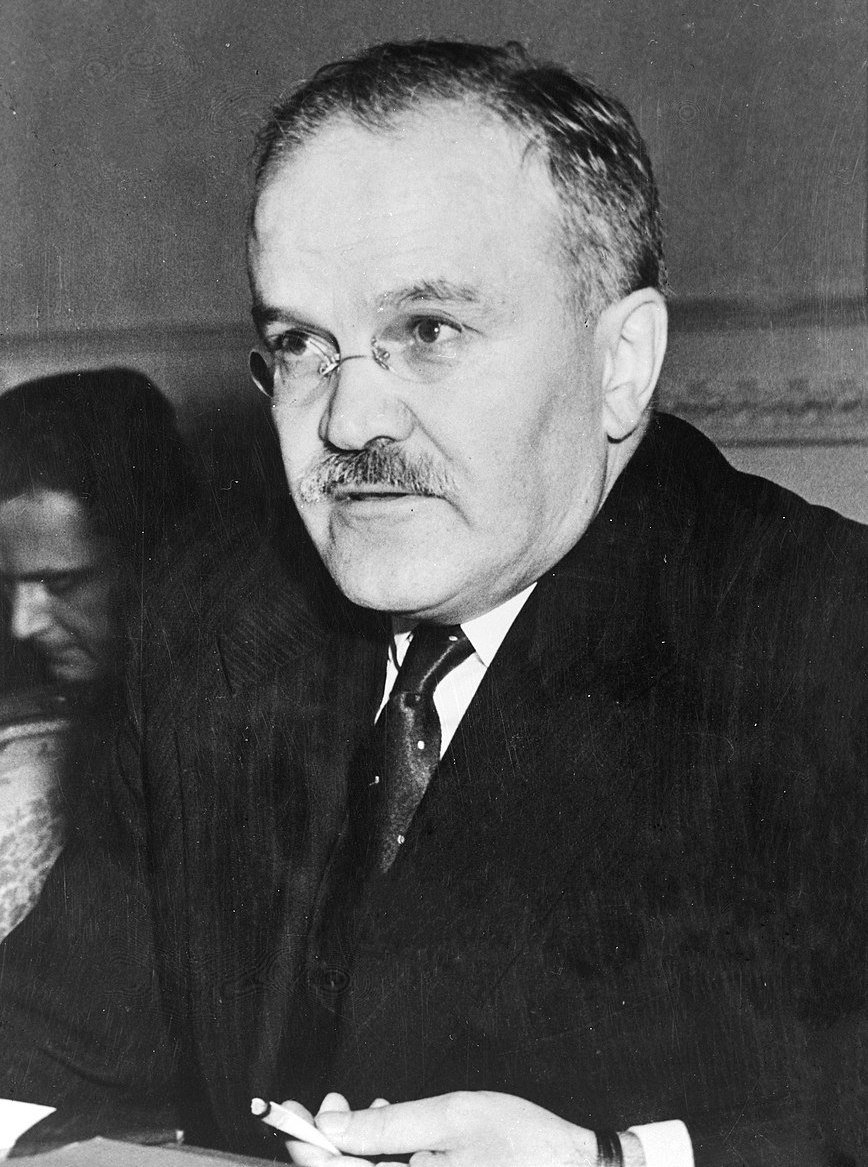
Subsequently, the vast extent of the Great Purge left the Soviet Union in a precarious state. The Second World War was mere years away, though the Red Army and Navy were in no shape to wage it. Further, the loss of talented commanders in all branches of the military left the Soviets woefully unprepared for Operation Barbarossa.
Damnatio Memoriae
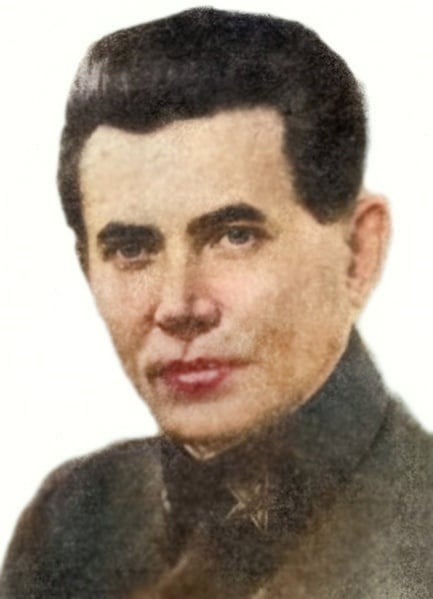
Regardless of your opinions on the Soviet Union, the loss of life is always tragic. However, what makes this even more tragic is the condemnation of memory, a practice that goes back to Roman times. They called in damnatio memoriae, but Stalin made it an art. Many of those executed by the purges have never been rehabilitated by the Russian government, let alone acknowledged.
The image featured at the top of this post is ©Prachaya Roekdeethaweesab/Shutterstock.com.
